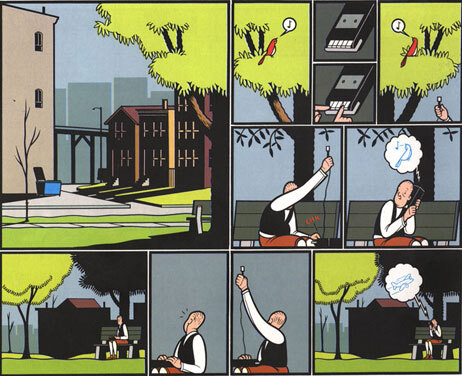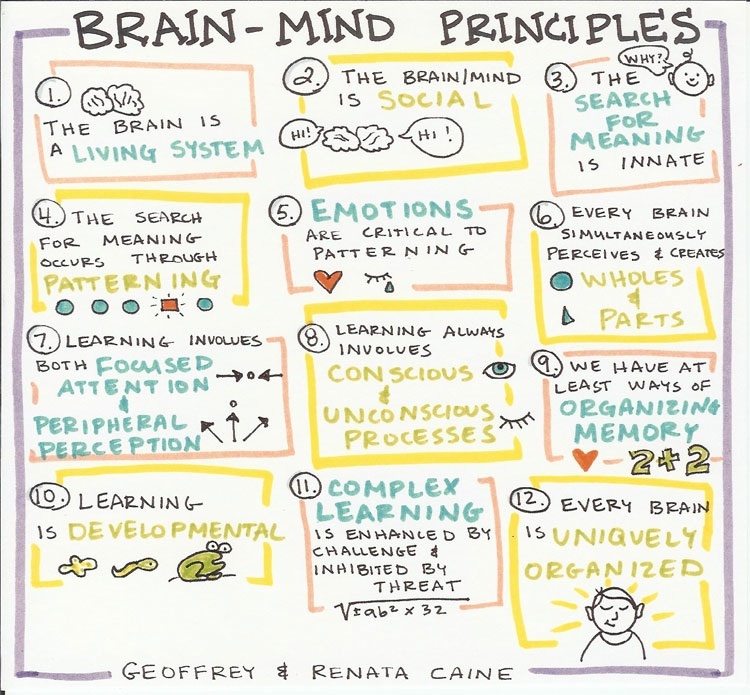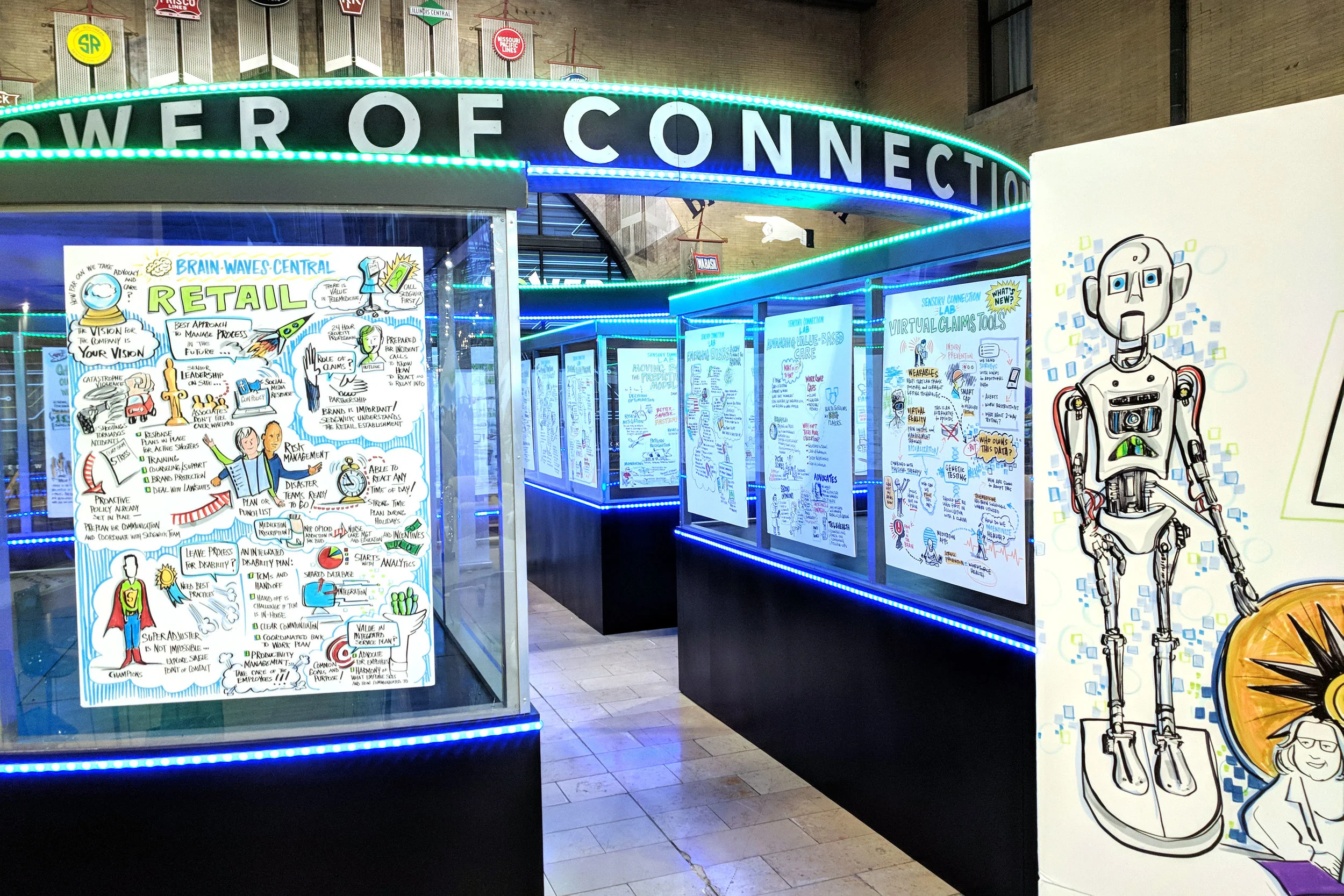NPR - Why Some Comics Work... and Some Don't
/(via http://twitter.com/IFVP)
 Jimmy Corrigan, The Smartest Kid On Earthis an example of a comic where the art is doing its job.(Random House)
Jimmy Corrigan, The Smartest Kid On Earthis an example of a comic where the art is doing its job.(Random House)
Glen Weldon posts on NPR Arts correspondent Lynn Neary's piece on All Things Considered about the new graphic novel adaptation of Ray Bradbury's classic Fahrenheit 451. He breaks down what's right and what stinks about the last generation of graphic novels, and how the masters of the form make it work.



 According to UK's National Counter Terrorism Security Office, there are everyday objects on the street in front of buildings, like bus stops, lampposts, and bins etc. These could have not just an apparent function, but could have a hidden purpose – To prevent terrorist vehicle attacks. A project by Toby Ng, a designer in London, is entitled "Hidden Superhero" and so he designed a set of unassuming CT Heroes.
According to UK's National Counter Terrorism Security Office, there are everyday objects on the street in front of buildings, like bus stops, lampposts, and bins etc. These could have not just an apparent function, but could have a hidden purpose – To prevent terrorist vehicle attacks. A project by Toby Ng, a designer in London, is entitled "Hidden Superhero" and so he designed a set of unassuming CT Heroes.






